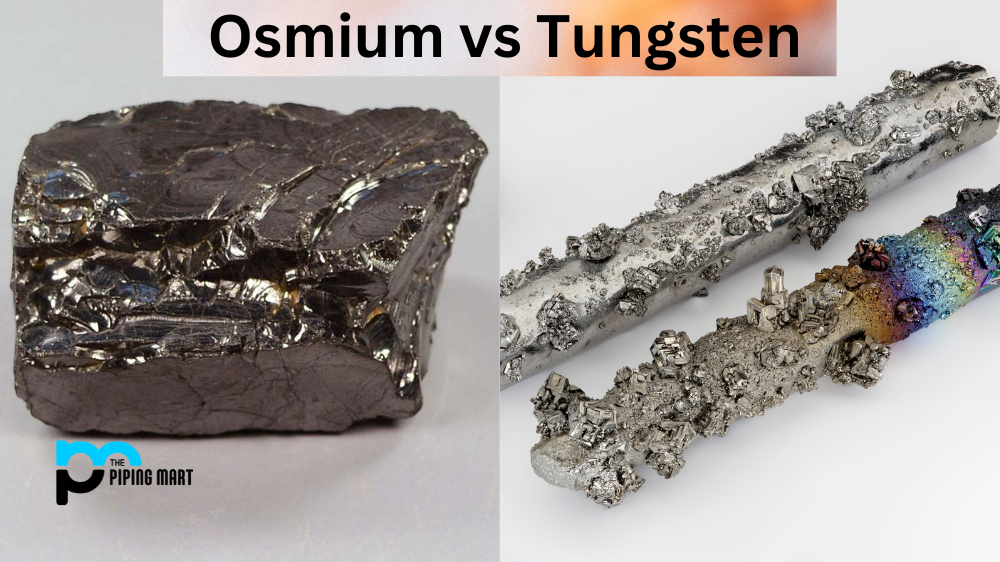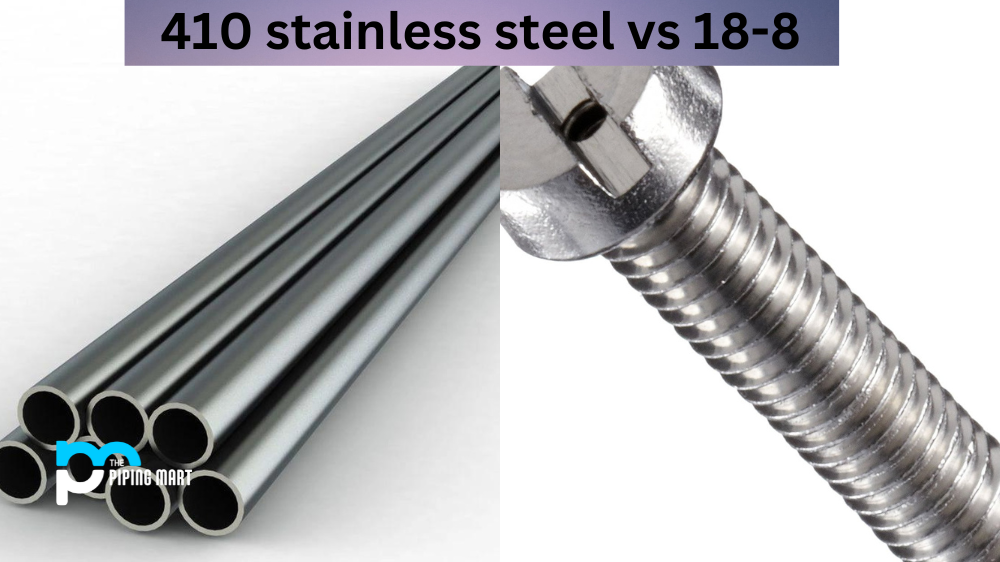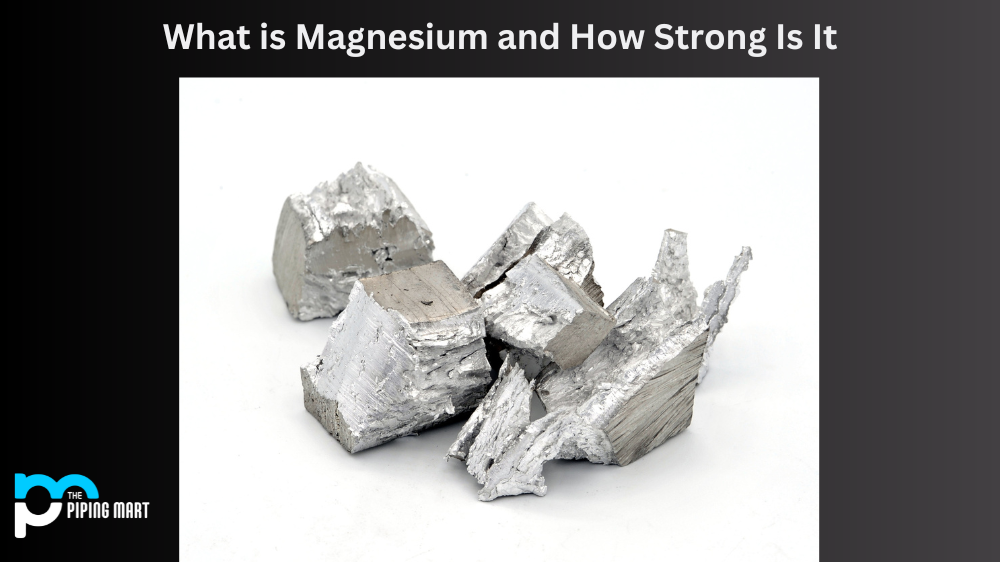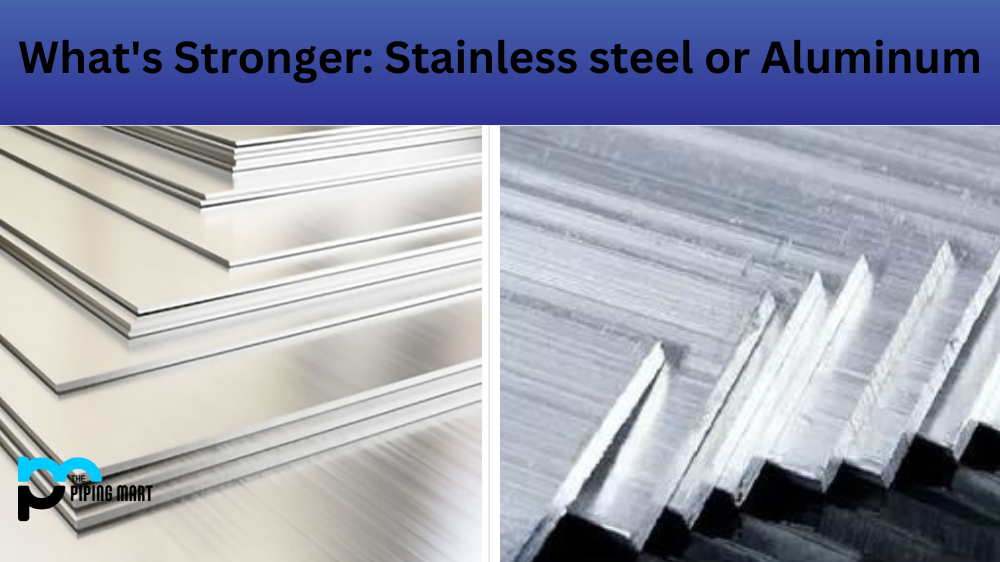Osmium and Tungsten are two of the toughest metals on earth, known for their extreme durability, high melting points, and resistance to corrosion and wear. Both are commonly used in various industries, including aerospace, defence, electronics, and manufacturing. However, several factors can help you decide which is tougher when comparing osmium vs Tungsten. This blog post will explore each metal’s properties, applications, and pros and cons to help you make an informed decision.
What is Osmium?
Osmium is a rare and expensive metal that belongs to the platinum group of elements. It has the highest density of all naturally occurring elements and is twice as dense as lead. Osmium is also the least abundant stable element in the earth’s crust, with a concentration of only 50 parts per billion. Due to its rarity and high cost, osmium is mainly used in specialized applications that require extreme hardness and resistance to wear, such as electrical contacts, fountain pen tips, and dental alloys. Osmium also produces alloys with other metals, including Tungsten, to enhance strength and toughness.
What is Tungsten?
Conversely, Tungsten is a widely used and relatively cheap metal that belongs to the transition metal group. It has the highest melting point of all metals, at 3,422°C, and a high tensile strength, making it one of the toughest materials on earth. Tungsten is highly resistant to heat, corrosion, and wear and is commonly used in producing electrical wires, thermal conductors, filaments, and tools. Tungsten carbide, a hard and durable compound made from Tungsten and carbon, is also widely used in cutting tools, armour-piercing ammunition, and jewellery.
Difference Between Osmium and Tungsten
Properties Comparison
There are some notable differences to consider when comparing osmium vs Tungsten in terms of properties. Osmium is denser and harder than Tungsten, with a Mohs hardness of 7 compared to Tungsten’s 7.5. Osmium is also more brittle than Tungsten, making it prone to cracking and shattering under high stress. Conversely, Tungsten is more ductile and malleable than osmium, which can be easily shaped and formed into various shapes and sizes. Tungsten is also an excellent conductor of heat and electricity, while osmium is a poor conductor due to its high electrical resistivity.
Application
Both osmium and Tungsten have a wide range of applications, from industrial to medical to jewellery. Osmium is mainly used in specialized industries, such as producing precision tools, electrical contacts, and fountain pen tips. It also produces dental alloys, pacemaker electrodes, and radiation shielding. Conversely, Tungsten has a wider range of applications due to its abundance and affordability. It is commonly used to produce electrical wires, heating elements, lighting filaments, and armour-piercing ammunition. Tungsten carbide is also widely used to produce cutting tools, drill bits, and jewellery.
Advantages and Disadvantages
Several factors must be considered when comparing the pros and cons of using osmium vs Tungsten. Osmium is harder, denser, and more wear-resistant than Tungsten, making it a great choice for specialized applications that require extreme durability and precision. However, osmium is also more brittle and expensive than Tungsten, making it less suitable for large-scale applications. Conversely, Tungsten is more affordable, versatile, and easier to work with than osmium. However, Tungsten is also heavier and harder to machine than other metals and can be brittle at low temperatures.
Conclusion
In conclusion, osmium and Tungsten are tough metals that offer a range of unique properties and applications. When it comes to choosing between osmium vs Tungsten, it ultimately comes down to your specific needs and requirements. If you need an extremely hard, dense, and wear-resistant metal for precision applications, osmium may be the best choice. However, if you need a versatile, affordable, and widely available metal, Tungsten may be the way to go. Whatever metal you choose, osmium and Tungsten are great options for industries that demand high-performance materials.
Meet Heer, a dynamic and driven writer learning tricks of her trade in the metal industry. With a background in Digital Marketing, Heer brings a unique perspective to her writing, sharing valuable insights. Apart from blogging she like reading and hiking.




